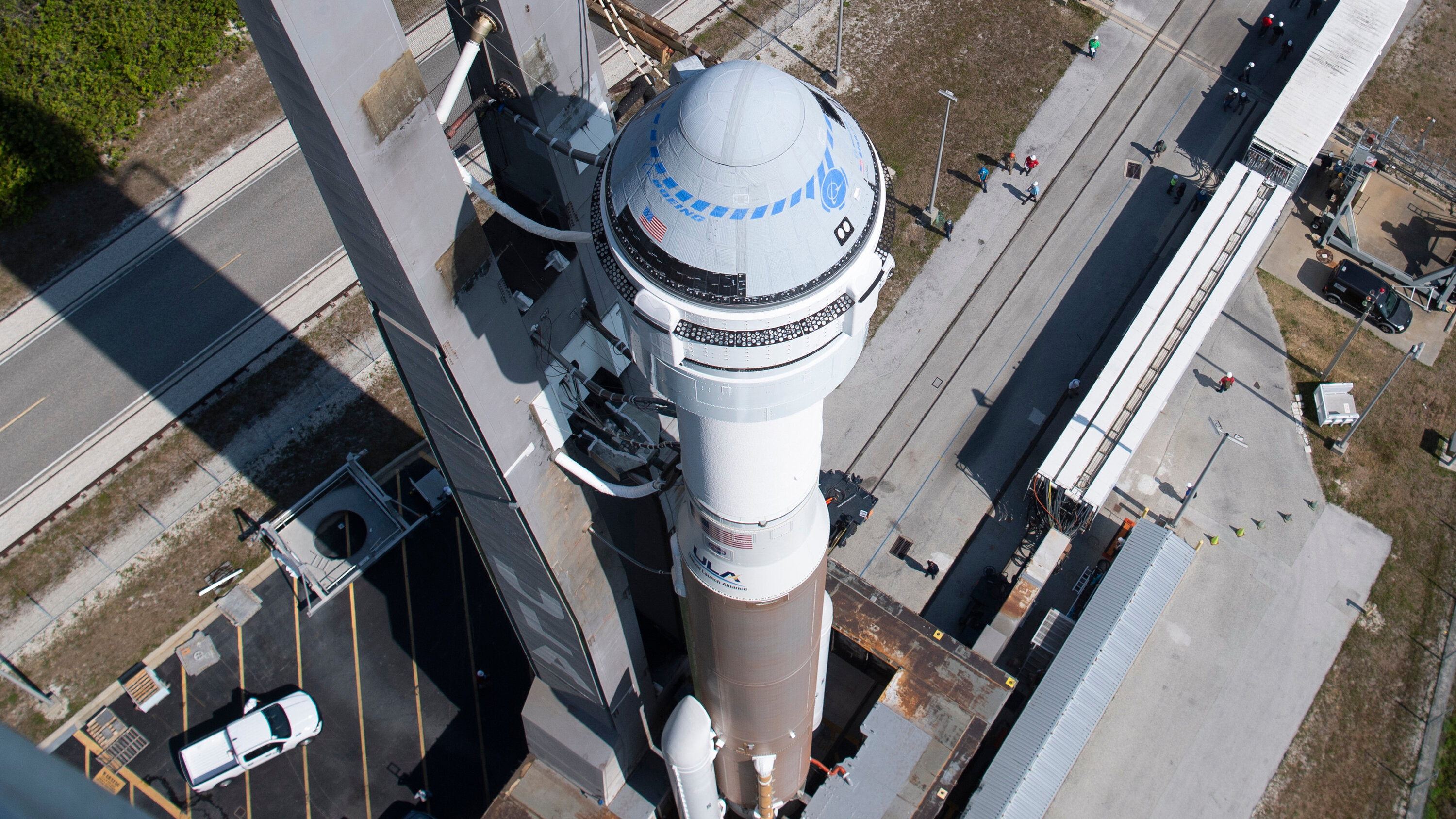Inheritance Tax in Ireland: A Closer Look
In Ireland, inheritance tax, formally known as Capital Acquisitions Tax (CAT), remains a topic of much debate. While some view it as a necessary tool for social equity, others see it as a tax on wealth that has already been taxed, labeling it as “State-approved grave robbery.” Despite these dissenting voices, inheritance tax is likely to remain a part of the Irish tax landscape for the foreseeable future.
However, changes might be on the horizon as the Irish Government is considering increasing the tax-free inheritance threshold for children to approximately €400,000 in the upcoming budget. This move, while popular with voters, may have a more significant impact on public perception than on government coffers.
Is Inheritance Tax a Big Money-Spinner?
The latest figures from Revenue paint a picture of inheritance tax as a modest contributor to the Irish Exchequer. In 2023, inheritance and gift tax combined made up a mere 0.7% of total tax revenues. This pales in comparison to income tax (37%), excise (6.5%), or capital gains tax (2%).
Even when compared to motor tax, which generates €905 million, inheritance tax falls short, accounting for just 0.6% of total tax revenue.
This trend is not unique to Ireland. Across the OECD, inheritance tax typically makes up only about 0.5% of total tax takes, which has led some countries, such as Sweden and Austria, to abolish it altogether. US politicians have made repeated efforts to repeal death taxes, and even King Charles didn’t pay inheritance tax on the fortune he inherited from his late mother, Queen Elizabeth II.
Rising House Prices and Increasing Tax Yields
Despite its modest contribution to overall tax revenue, inheritance tax yields have been on the rise in Ireland, driven by increasing asset and property values. In 2013, the tax take for inheritance tax was just under €260 million, and a further €20 million for gift tax, reflecting the impact of plummeting property values in the aftermath of the financial crisis. This, despite a low parent-to-child tax-free threshold of just €225,000, resulted in 10,152 Irish taxpayers paying tax on inheritances and gifts worth a total of €850 million.
Fast forward to 2023, and the picture has shifted dramatically. Average house prices have risen to €330,000, and the tax take for inheritance has more than doubled to almost €560 million. This, coupled with a €75 million increase in gift tax, suggests that taxable inheritances and gifts worth around €1.9 billion were subject to inheritance tax last year. The number of taxpayers has also risen, with 15,000 people paying inheritance/gift tax in 2023, compared to nearly 11,000 in 2013, representing an increase of about 36%.
Where is Inheritance Tax Paid the Most?
The Revenue figures reveal a clear correlation between higher house prices and higher inheritance tax yields. Dublin, with its elevated house prices, accounts for a significant portion of the tax take. While Dublin represents 28% of the overall population, it accounted for 53% of those who paid inheritance tax in 2023 and nearly 60% of the total tax take. When factoring in the commuter counties of Meath, Kildare, and Wicklow, the Greater Dublin Area's share of inheritance tax paid rises to 67%.
In contrast, counties with lower average house prices have significantly lower inheritance tax yields. For example, Leitrim, with an average house price of €165,000, contributes just 1.5% of the total inheritance tax take, with only 259 taxpayers. Similarly, Donegal, with an average house price of €178,000, saw 214 taxpayers contributing 1.06% of the total yield, resulting in an average payment of just €27,710 – considerably less than the national average of €42,333.
The Impact of Family Home Transfers
Much of the recent debate surrounding inheritance tax focuses on the perceived unfairness of paying tax on the family home, a burden that can force some families to sell their homes to settle the tax bill. However, the data paints a slightly different picture. Revenue figures indicate that out of the €557 million in inheritance tax collected in 2023, around 60%, or €341 million, related to transfers other than from a parent to a child, falling under categories B and C. This means that only €216 million was collected from direct family inheritances in 2023, a trend that has been consistent over time. In 2013, parent-to-child transfers accounted for just 35% of the overall tax take.
The Future of Inheritance Tax in Ireland
The Tax Strategy Group has submitted a paper to the Irish Government outlining potential options for inheritance tax reform. The paper advocates for measures to enhance gift and inheritance tax, reflecting the historical background of its introduction in the mid-1970s to “strengthen tax equity between those earning primarily ordinary income and those whose wealth was accumulated via capital.”
The paper highlights several potential changes, including a reduction in the tax rate from the current 33%, an expansion of tax-free thresholds, and a potential increase in the main threshold for parent-to-child transfers from €335,000 to €400,000. The paper also acknowledges the significance of Agricultural Relief and Business Relief, which are designed to facilitate intergenerational transfers of family farms and businesses.
However, concerns have been raised about the potential for these reliefs to create a new class of landlords who can avoid inheritance tax while benefiting from income tax-free land rents. The paper also suggests that a sliding scale of gift or inheritance tax could be implemented for transfers exceeding a certain threshold, particularly under Agricultural or Business Relief, to maintain tax equity between different income earners.
A Tale of Two Taxes: Inheritance Tax and Capital Gains Tax
The Tax Strategy Group’s paper also explores the relationship between inheritance tax and capital gains tax. Both taxes generate a relatively small fraction of overall tax revenue, with Capital Gains Tax accounting for about 2.5% and Capital Acquisitions Tax (CAT) for roughly a third of that, totaling €605 million. The paper emphasizes the importance of promoting intergenerational transfers of family farms and businesses, recognizing their contribution to the Irish economy. However, it also raises questions about the potential for tax loopholes, such as the leased land income tax exemption, which could exacerbate the issue of wealth concentration and undermine the principle of tax equity.
Conclusion: A Balancing Act
The future of inheritance tax in Ireland hinges on the delicate balance between social equity and economic growth. While the government considers potential reforms, it will need to weigh the impact on tax revenue against the potential consequences for family businesses and farms, as well as the broader implications for wealth distribution. The upcoming budget will provide valuable insights into the government’s stance on inheritance tax and its role in the Irish economy.


















